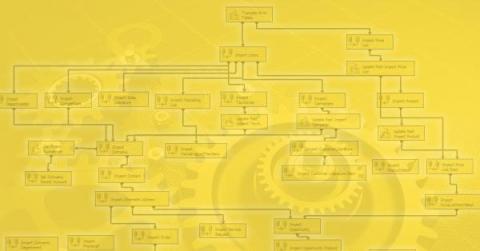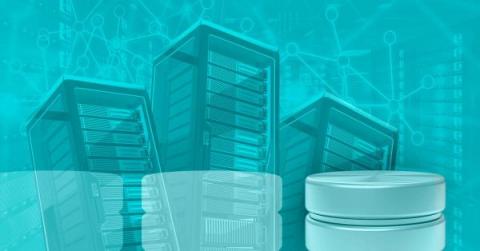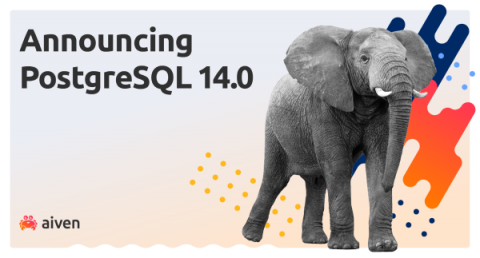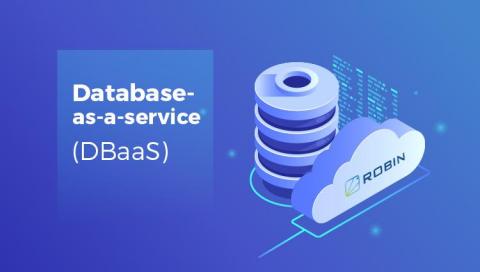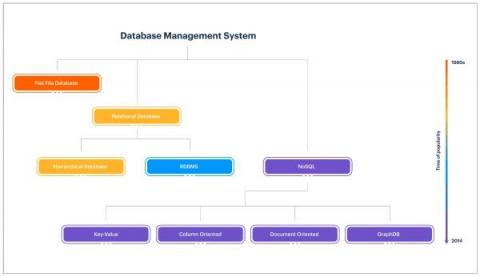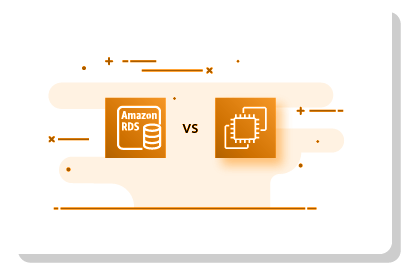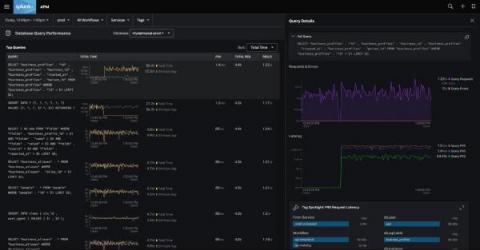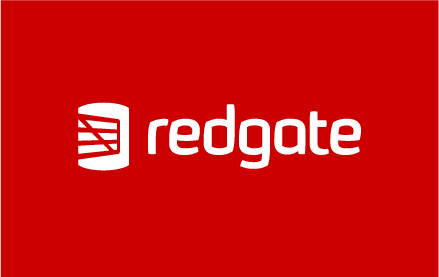Operations | Monitoring | ITSM | DevOps | Cloud
November 2021
DBAle 38: That's absurd! Does it even pass as database development?
How to Restore Databases From Native SQL Server Backups
Announcing Aiven for PostgreSQL 14.0
[Webinar] 5 Things to Consider When Migrating Databases to Kubernetes with Komodor & Ondat
Connect to Postgres from Rust with Actix and Diesel
FlashDrive.io apps can communicate with each other inside the same stack using FlashDrive's internal network capabilities: an ultra-fast internal network between apps installed inside the same cluster.
Building your Database-as-a-service for MySQL workloads on Robin
Database-as-a-service (DBaaS) is a cloud computing service model that enables DBAs and developers to quickly deploy and manage enterprise-grade databases without the need for setting up physical hardware, installing software and configuring databases for performance.
AWS Database Types - Aurora vs DynamoDB vs RDS - How do they compare?
In this blog, we describe the different types of AWS’ managed databases and their various features and merits. By the end of the blog, you should have better information to choose the right AWS database that would match your application’s needs.
How to choose between AWS RDS and EC2 Hosted Database?
You’ve decided to migrate your applications from on-premises to AWS and are considering what cloud services are available that suit your needs the best. When you are migrating an application that uses a relational database backend (RDBMS) such as Oracle, MySQL or SQL Server to the cloud, the question of RDS vs EC2 will inevitably surface.
Top key metrics for monitoring MySQL
Monitoring MySQL with Prometheus is easy to do thanks to the MySQL Prometheus Exporter. MySQL doesn’t need an introduction – it’s one of the most used relational databases in the world, and it’s also open-source! Being such a popular database means that the community behind it is also huge. So don’t worry: you won’t be alone.
Sensitive Data Management - Working With Sensitive Data in Regulated Industries
EDB Announces General Availability of BigAnimal, PostgreSQL Database in the Cloud
How Data Types and Query Tuning Can Improve Application Performance
New: Optimize Slow Queries with Enhanced Database Visibility in Splunk Observability
Databases have always been the backbone of applications – both web and enterprise. Now, more than ever before, you need to know not just overall statistics about your database, but you must identify how database performance interacts with the network, operating system, servers, configuration, and even third party dependencies.


